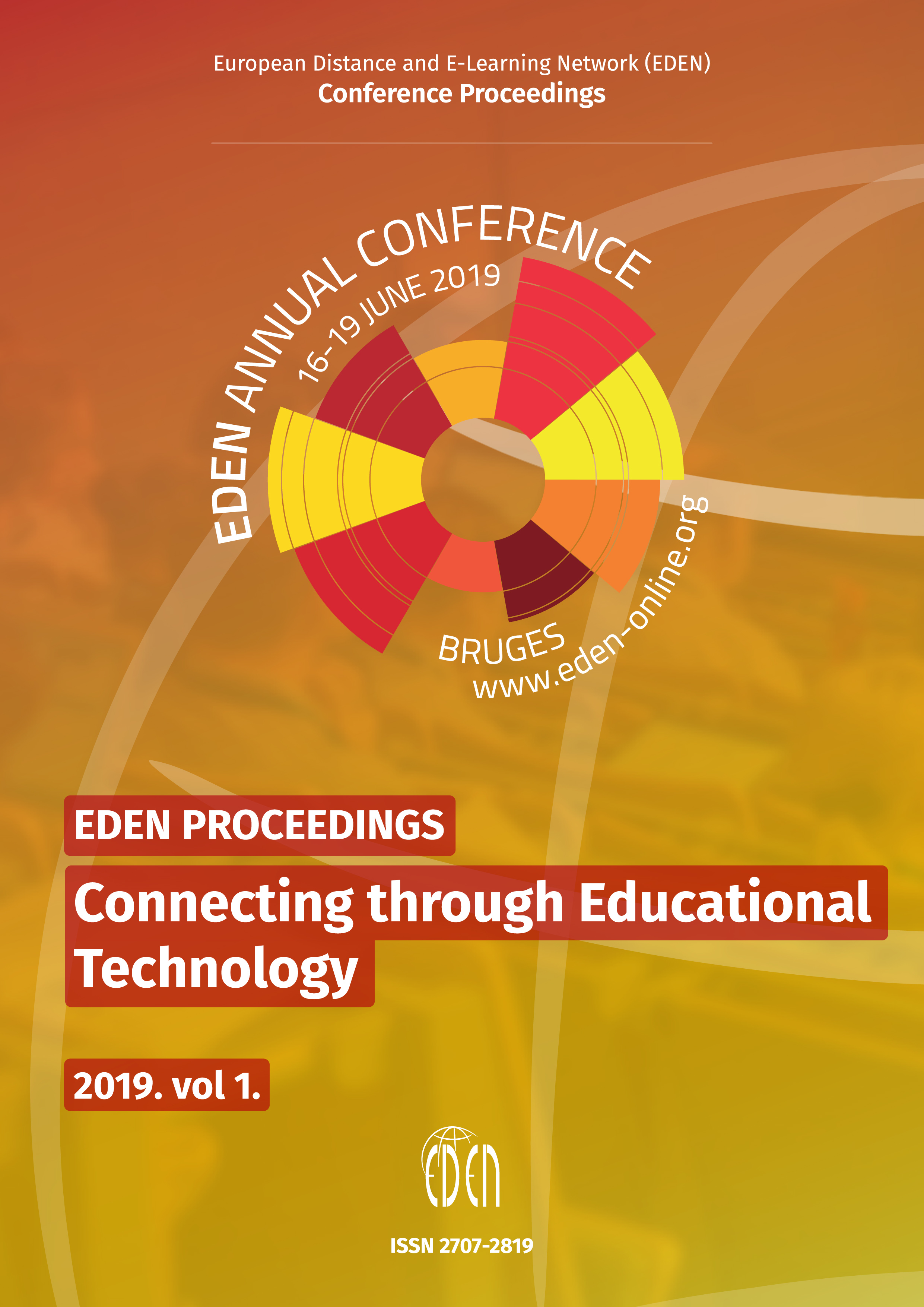A New Approach to Teaching Introductory Computing and Information Technology by Distance Learning – Addressing Key Issues
A New Approach to Teaching Introductory Computing and Information Technology by Distance Learning – Addressing Key Issues
Author(s): Elaine ThomasSubject(s): Social Sciences, Education, Higher Education
Published by: European Distance and E-Learning Network
Keywords: Competence development; Distance and e-learning methodology; Joy of learning and ICTs; Learner needs, perceptions and motivations; Lifelong learning
Summary/Abstract: New introductory level 1 curriculum has been developed for the open-entry Computing and information technology (IT) degree programme in the School of Computing and Communications in the Open University (OU UK). Three key issues in Computing and IT teaching had been identified, namely: student retention, declining participation by women in Computing and IT modules, and the teaching of introductory programming at level 1. Dealing with these issues formed part of the rationale for developing the new curriculum. Computing and IT students at the OU are part-time distance learners and there is a diverse student population with a range of learning needs. Two-thirds of students are in employment, so it is important their work-life balance is considered in the design of new curriculum.Retention of students is an important issue in distance education (Simpson, 2012) as drop-out rates are high. Students study the new level 1 course “TM111 Introduction to Computing and Information Technology 1” first followed by “TM112 Introduction to Computing and Information Technology 2”. Both module production teams engaged in a learning design process to assist with the management of student workload and to ensure coherence and consistency across both modules. The declining rate of participation by women in Computing and IT is a source of concern across both the employment and the higher education sectors (BCS, 2016). In developing TM111 care was taken in the selection of examples and images to ensure that female Computer Scientists were adequately represented so as to provide suitable role models for female students (Frieze & Quesenberry, 2019). Students often struggle with computer programming but easing “cognitive load” (Sweller, 1988) may be helpful, especially in a distance learning context. TM111 uses its own customised version of Scratch, called OUBuild, to assist students in acquiring foundational programming skills. TM111 is presented using a blend of traditional print materials plus online learning and also specialised software. The module is designed to appeal to a wide range of students with a variety of study intentions and learning needs, many of whom have few formal qualifications (or none at all).TM111 has proven to be very attractive to students and participation by female students has increased to 24%, at least four percentage points over the previous module. Student responses to the module as a whole and the teaching on programming has been positive overall. More work is needed to evaluate the impact of the new modules in equipping students with the necessary programming skills to succeed with programming at level 2.
Journal: European Distance and E-Learning Network (EDEN) Conference Proceedings
- Issue Year: 2019
- Issue No: 1
- Page Range: 301-309
- Page Count: 9
- Language: English

